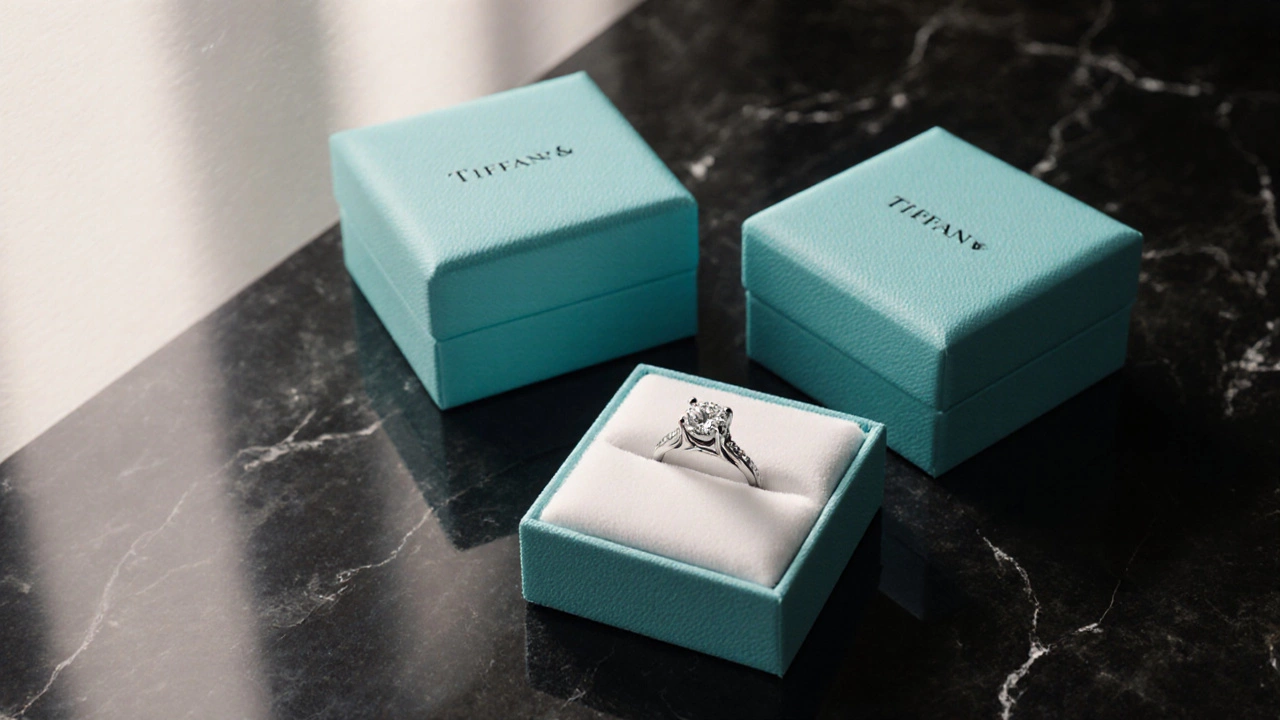Tiffany Ring Resale Value: How It Works and How to Boost It
When thinking about Tiffany ring resale value, the amount of money you can get back when you sell a pre‑owned Tiffany ring. Also known as Tiffany second‑hand price, it reflects brand prestige, material quality, and market demand. Closely related is jewelry resale value, the broader concept of how much any piece of jewelry fetches on the secondary market, which is shaped by similar forces. Another key player is luxury jewelry brands, high‑end names like Tiffany, Cartier, and Bulgari that tend to hold or grow in value over time. Finally, diamond grading, the assessment of a diamond’s cut, color, clarity and carat weight and the overall gold market, the day‑to‑day price fluctuations of gold worldwide both feed into the final number you’ll see on a resale ticket.
Why Brand Reputation Matters More Than the Metal
Luxury jewelry brands act like a seal of trust; a Tiffany stamp instantly tells a buyer that the piece meets strict quality standards. This brand confidence creates a premium that pushes the resale price above the raw material cost. In practice, a Tiffany ring with 18K gold will often sell for more than a plain 18K gold band without a recognizable name, because buyers are paying for the brand’s history and design heritage. That relationship can be summed up as: Tiffany ring resale value encompasses brand reputation, and brand reputation influences buyer willingness to pay. When you pair a strong brand with a well‑graded diamond, the resale boost can be significant.
Diamond grading adds another layer. A meticulously cut, color‑less (D‑F) diamond with excellent clarity (VS1‑VVS2) will command a higher secondary market price than a lower‑graded stone, even if both sit in the same Tiffany setting. The industry standard GIA report acts like a passport, confirming the stone’s quality and giving buyers confidence. This creates a clear semantic link: Diamond grading determines valuation, and valuation drives resale value. In short, a high‑grade diamond can add 20‑30% to a Tiffany ring’s resale price.
Market timing also plays a role. The gold market fluctuates daily, and when gold prices dip, the metal component of a Tiffany ring becomes cheaper for buyers, making the overall asking price more attractive. Conversely, when gold spikes, sellers may need to lower their expectations unless the ring’s design or diamond quality can offset the higher material cost. This dynamic creates the third semantic triple: Gold market affects material cost, and material cost impacts resale price. Smart sellers watch gold trends and adjust their asking price accordingly.
Condition is the fourth pillar. A ring that’s been well‑maintained, polished, and stored properly retains its sparkle and structural integrity, which buyers notice instantly. Even minor scratches can shave off a few hundred dollars because they suggest neglect. Cleaning tips, professional polishing, and keeping the original box and paperwork all boost perceived value. This shows that condition directly contributes to resale value, and resale value is enhanced by proper documentation.
Putting these pieces together, you can think of the resale equation as a web of interrelated factors: brand reputation, diamond grading, gold market, and condition all feed into the final number. Understanding how each node works lets you make informed decisions—whether that means holding onto a piece until market conditions improve or investing in a professional appraisal before listing.
Below you’ll find a curated collection of articles that dive deeper into each of these topics. From how to read a Tiffany hallmark to the best time of year to sell gold in India, the posts give actionable steps you can take right now to protect and grow the value of your luxury jewelry.
Do Tiffany Rings Hold Their Value? A Complete Guide
Explore whether Tiffany rings retain value, key factors influencing resale, and tips for buying and selling high‑end Tiffany jewelry.





